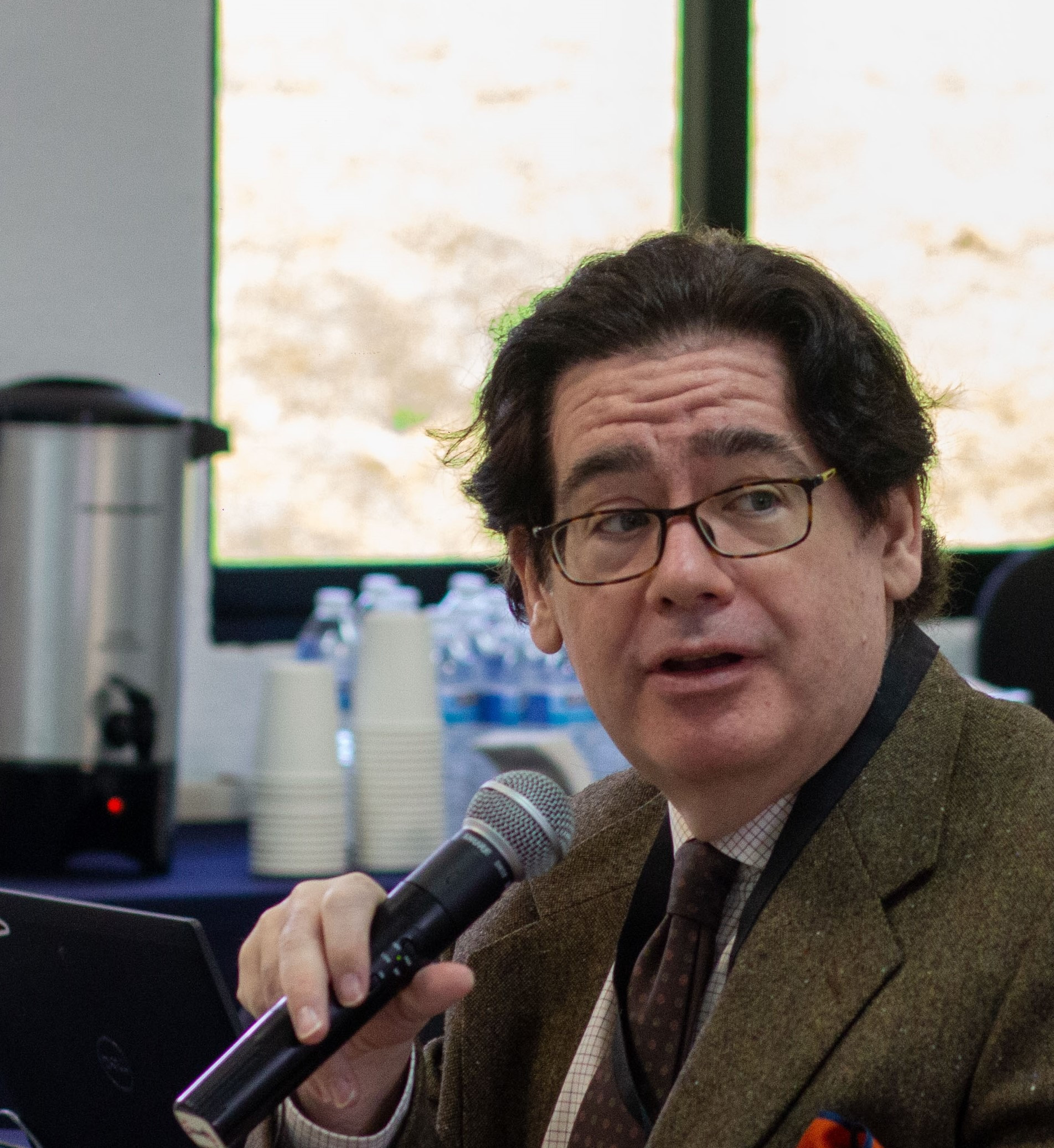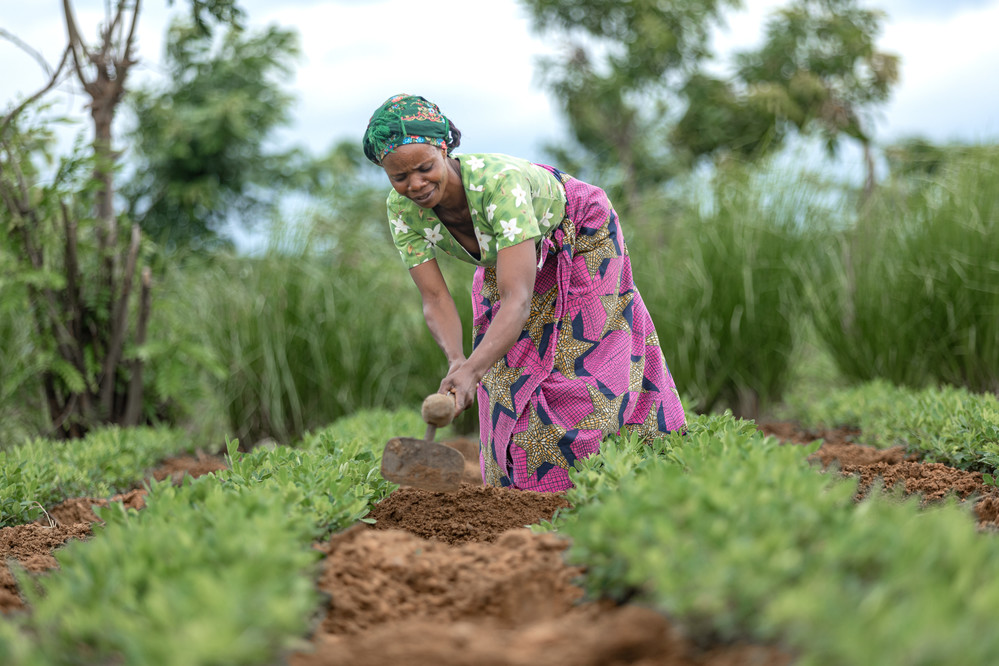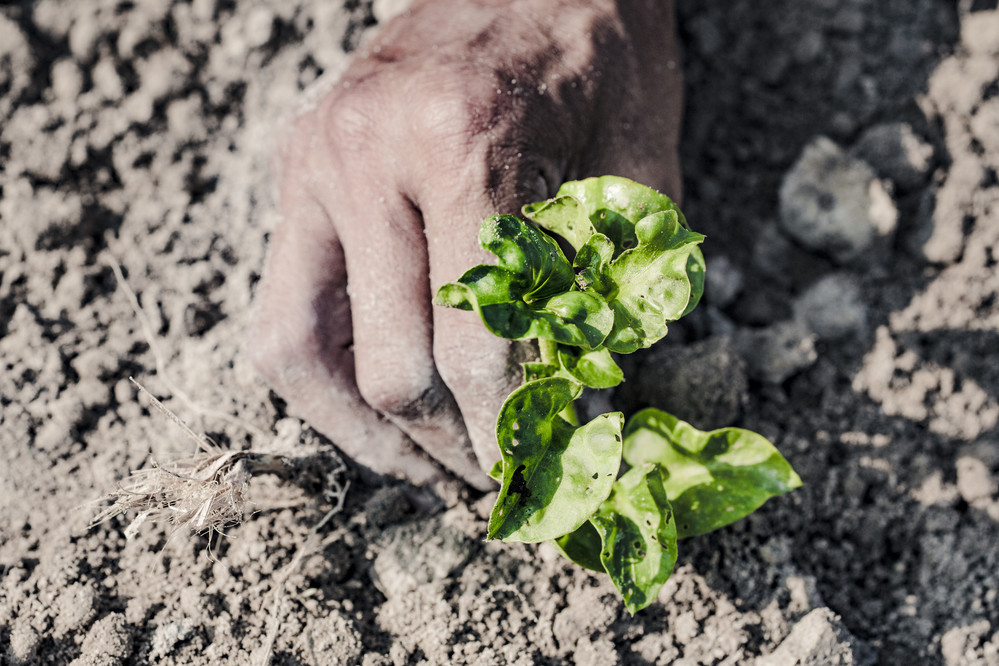In our latest Spotlight interview, Paul Sheehan, Chief Executive Officer of the Small Enterprise Assistance Funds (SEAF) talks to SAFIN about the role of business development support in scaling and maintaining access to finance for agricultural SMEs.

Paul Sheehan, CEO of SEAF
Please tell us about the Small Enterprise Assistance Funds (SEAF) and the Center for Entrepreneurship and Executive Development (CEED). How do the two organizations address access to finance for agricultural SMEs?
SEAF is a global non-profit impact organization whose mission is to improve lives and communities through entrepreneurship and small businesses. We have been creating inclusive prosperity for more than 33 years, and we are active in over 60 countries. We invest in, advise and mentor small and medium-sized enterprises (SMEs) in underserved markets to build sustainable communities. At SEAF, we believe that SMEs are the engines of development and employment in virtually all countries.
SEAF was one of the first impact investors to realize that sustainable small business growth, especially in emerging markets, requires not just financial capital, but also human capital. With this in mind, our Center for Entrepreneurship and Executive Development (CEED) provides long-term enterprise support to SMEs throughout their different stages of growth. Over the past 17 years, CEED has supported more than 65,000 SMEs in over fifteen countries, working primarily in Southeast Asia, Southeast Europe, North Africa and East Africa.
Since agriculture tends to be long-term and rural-based, agricultural SMEs in rural areas hold great potential for impact. Investors typically shy away from them due to the high risk and the cost of reaching them. For agripreneurs, we couple SEAF’s investment vehicles with technical assistance and community through CEED and our other support structures in order to build their capacity to sustainably access finance. We believe this is particularly important in agriculture to make a difference in the long-term.
Please tell us about your role at SEAF and your career journey before it.
As the leader of SEAF, I am a generalist. I wouldn’t say I am as good as the members of my team at virtually any specific activity, but I am competent at most facets of the business, including portfolio management, advisory, operations, finance and client relations. Before coming to SEAF, I was a central banker supporting restructuring during financial crises, investment banker, fund manager, and government advisor in many countries around the world. This combination helped prepare me for the challenge of working with such a far-flung mandate. After meeting SEAF’s Chief Investment Officer, Bert van der Vaart, who has been involved in this business for over 35 years, I shifted my focus to the role of small enterprises in sustainable development.
What are the key learnings from SEAF’s experience in providing capital alongside enterprise support through CEED?
I would say that capital and enterprise support work best when they work together. With this combination, it is easier to achieve a holistic impact in the business performance of investees. Our experience, however, is that aligning funders for both activities is sometimes very difficult. They often speak different languages, have differing time horizons, and don’t always measure success or failure in the same way.
Planning for long-term technical advisory to accompany the investment cycle is another key learning from the SEAF-CEED journey. Often times, advisory services peak and phase out long before investments close, leaving entrepreneurs without the tools to attract and maintain new funding or growth their businesses. One thing that is particularly valuable in this combination is building a culture of knowledge sharing across investment and advisory teams, and across geographies. Cross-fertilization is key to replicating or scaling up successful models, but this doesn’t happen unless you have the structures in place and a team that is open to learning and sharing its knowledge.
SAFIN is a true meeting of stakeholders with deep roots in the agricultural sector and rich technical expertise.
SEAF and CEED recently joined SAFIN, and attended our Annual Plenary Meeting 2022. What do you see as the main role SAFIN can play to support the two institutions?
We value SAFIN because it is a true meeting of stakeholders with deep roots in the agricultural sector and rich technical expertise. It is a sense of community and mission that goes beyond making commercial contacts and looking for business. At the SAFIN Plenary, we could really open up about issues we are facing and get help from other practitioners in co-creating solutions. Through our participation in the network, we hope to receive more support in developing successful projects and tailoring our methodology to the agricultural space.

